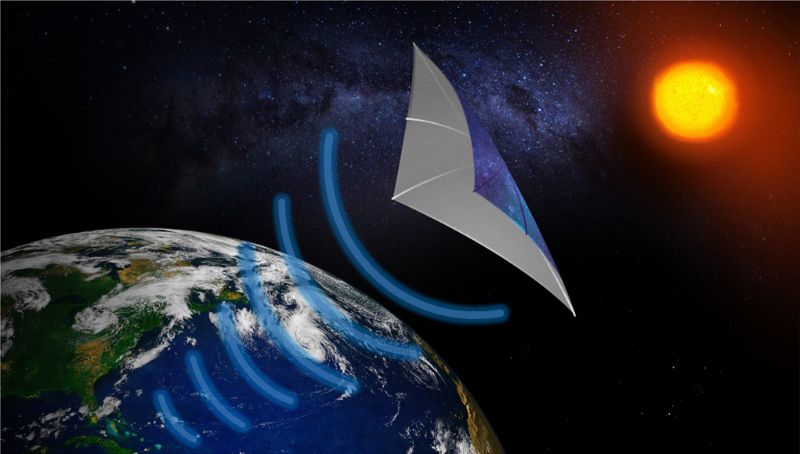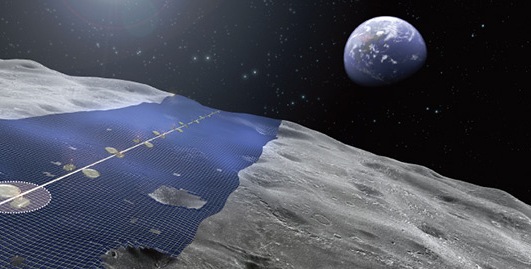Northrop Grumman’s satellite solar panel, which harvests energy in space and beams it back to Earth in the form of microwaves, passed lab testing with flying colours, paving the way for the technology to be put into space in a military experiment scheduled for 2025.
The demonstration, which occurred recently at a Northrop Grumman facility in Linthicum, Maryland, supported an experiment supported by the Air Force Research Laboratory (AFRL) to harvest solar power in space and use it on Earth.

More solar energy can be gathered in space than on Earth, where atmospheric gases and dust block the sun’s beams. The Space Solar Power Incremental Demonstrations and Research (SSPIDR) programme at the Air Force Research Laboratory aims to bring down the power to Earth in the form of microwave radiation, which can penetrate dust and clouds and be collected by a unique antenna called rectenna. It can then be converted to DC power, which can power a base.
According to ARFL, Northrop Grumman’s “sandwich tile” for this experiment successfully converted solar energy to radiofrequency power, “a fundamental step required to pave the way for a large-scale solar power collection system in space.” Receiving antennas on Earth would transform RF energy into usable power for this to function.

AFRL granted Northrop Grumman a $100 million contract in 2018 to develop the payload for the Arachne test. However, the payload is incomplete without the sandwich tile. Arachne is a series of flight tests planned by AFRL as part of the Solar Power Incremental Demonstrations and Research (SSPIDR) project.
According to Jay Patel, vice president of Northrop Grumman’s remote sensing projects, the successful conversion of sunlight into RF energy is a “significant step forward in delivering the technology building blocks to achieve the Arachne mission.”
A panel of photovoltaic cells collects solar energy and provides power to the second layer, filled with components that enable solar-to-RF conversion and beamforming. A solar simulator was deployed to illuminate the photovoltaic side of the tile and perform the solar-to-RF conversion process in the ground demonstration.

“It’s crucial we demonstrate this technology on-orbit as soon as possible to meet our nation’s needs,” said Kyle Gleichmann, Arachne’s chief engineer.
Individual tile testing was employed as a building component in the Arachne project toward a payload that will include a square metre panel of tiles. Arachne is set to debut in 2025.


